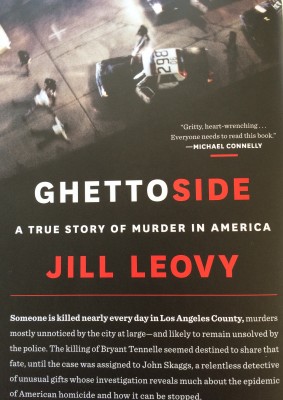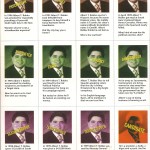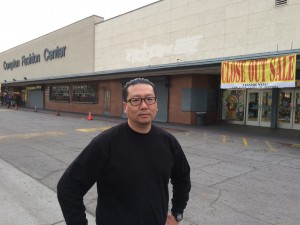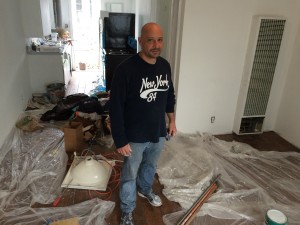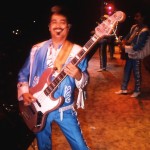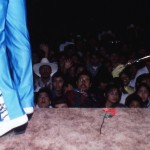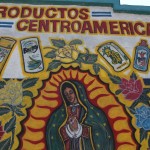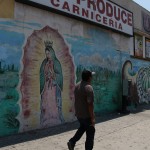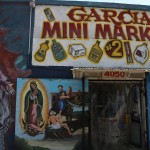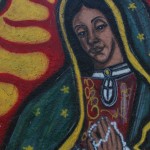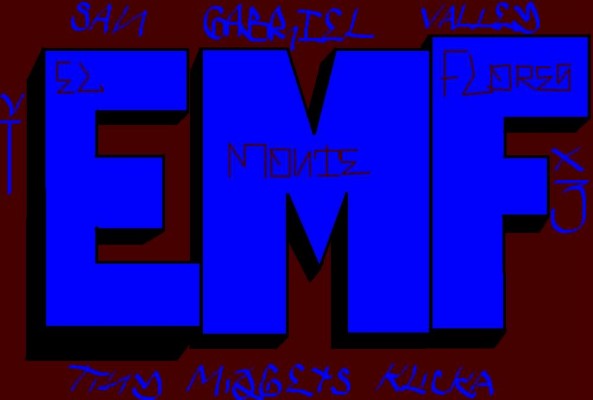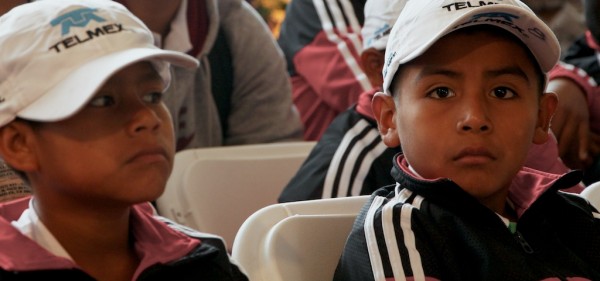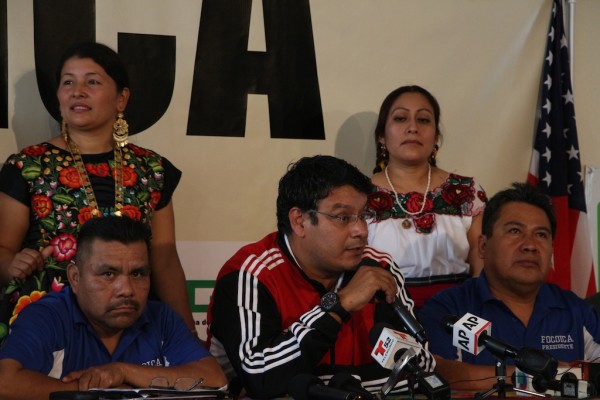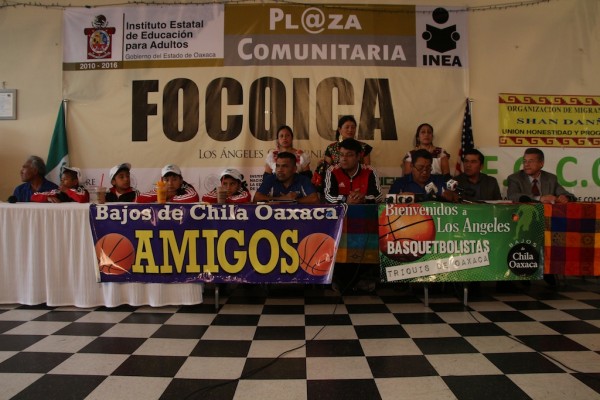Twitter is abuzz with word from South Central Los Angeles that either 1) a gang, angered at the shooting of a member is planning on killing a hundred people in a hundred days or 2) that two gangs have a bet to see which can kill the most people first.
I don’t know if either story is right. I suspect no one else does, either.
There certainly have been serious spates of shootings in areas in which these gangs operate.
But to me, this seems the downside to an otherwise very positive development in our SoCal gang world. Street gangs have moved off the street. This is a radical development, for our street gangs grew from the streets, took their names from streets, developed reputations based on how well they “defended” street they deemed “theirs.”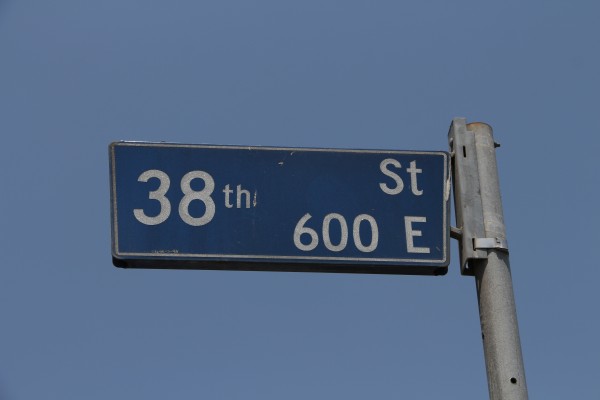
Now, in neighborhood after neighborhood, corner after corner, they are absent. Cudahy, Hawaiian Gardens, Highland Park, Compton – ancient gang towns or neighborhoods. Not any more, it seems from traveling their streets. To be sure, the phenomenon is less well felt in the black neighborhoods of South Central. But even there it’s nothing like it ever was at its worst, or even a few years after its worst.
Doesn’t mean gangs don’t feud. Doesn’t mean they’re not up to no good. It just means they aren’t as public, aren’t as much out on the street, in the parks, on the street corners – which is good, for it allows those neighborhoods some room to breathe. That’s why property values in many of these neighborhoods are rising. Northeast LA is one very good example of that.
 On the flipside, those who remain bonafide members, or maybe more likely those who aren’t, spend time prattling on, threatening others and boasting on social media – Facebook is full of them; so is Twitter. But going on social media requires a whole lot less dedication to the gang cause than staking out territory at a park or liquor store where your rivals know where to find you.
On the flipside, those who remain bonafide members, or maybe more likely those who aren’t, spend time prattling on, threatening others and boasting on social media – Facebook is full of them; so is Twitter. But going on social media requires a whole lot less dedication to the gang cause than staking out territory at a park or liquor store where your rivals know where to find you.
That doesn’t mean, of course, that gangs on social media is a benign thing.
Take the #100days100nights hashtag. Could be there’s truth to this hashtag. Could be there isn’t. Could be that people believe there is and act accordingly, by staying away from the areas where these gangs operate (Imperial to Florence, around Western). But it grows from the new space that gangs here have occupied, which is the virtual space. From there, the supposition is, it has spilled out onto the streets.
Whatever the truths, it bears mention that myths and misunderstandings have long fueled gang life in L.A. The Mexican Mafia, in an attempt to stop drive-by shootings, which it viewed as harmful to its drug business, said a member’s child had been killed in a drive-by. Latino gangs took that seriously.
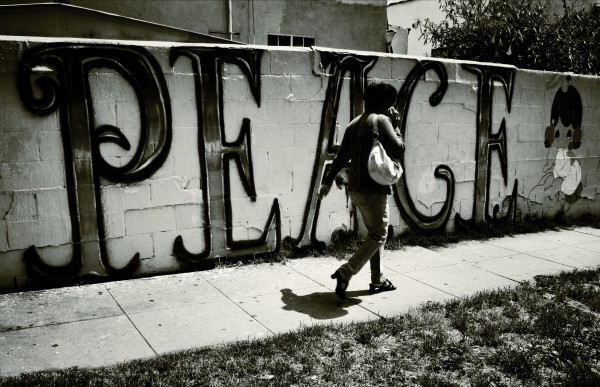 Among the Florencia 13 gang (one of the largest Latino gangs in SoCal) rumor circulated that blacks had hijacked a load of dope that belonged to the Mexican Mafia member from Florencia.
Among the Florencia 13 gang (one of the largest Latino gangs in SoCal) rumor circulated that blacks had hijacked a load of dope that belonged to the Mexican Mafia member from Florencia.
True? Who knows?
But Florencia then went on a multi-year campaign (2004-07 more or less) to shoot black men – crimes well documented in a federal trial a few years later.
So this hashtag is part of a tradition, just amplified by the power of, and lack of accountability inherent in, social media.

